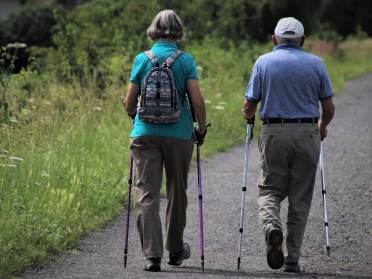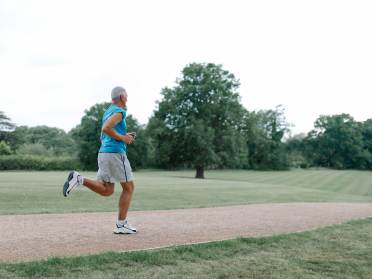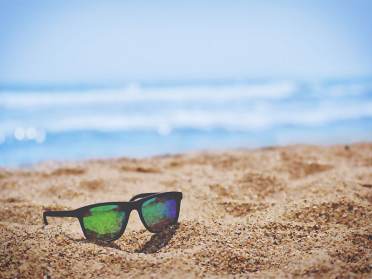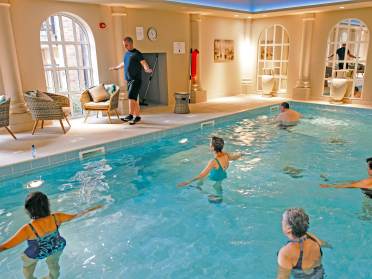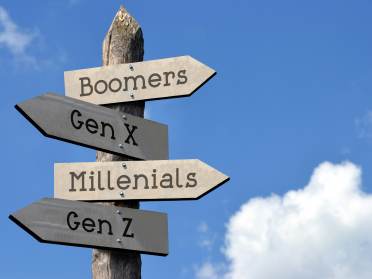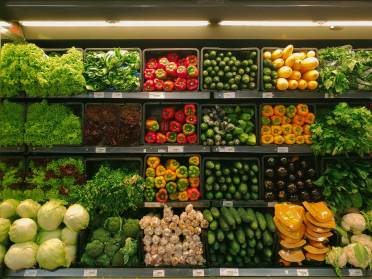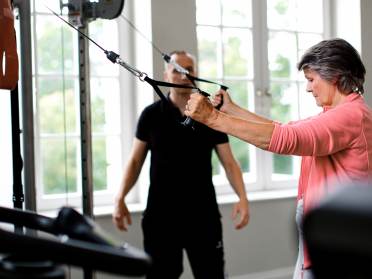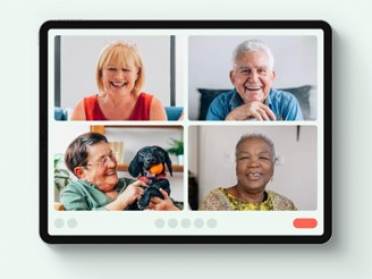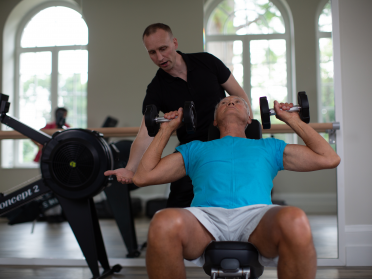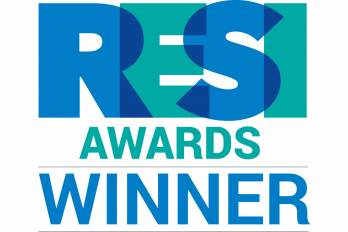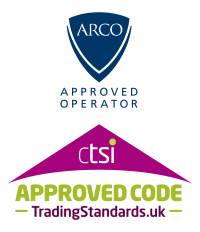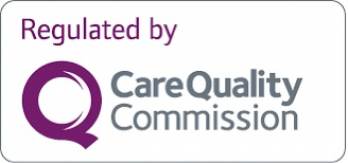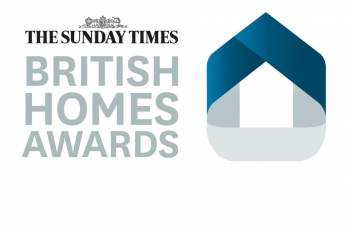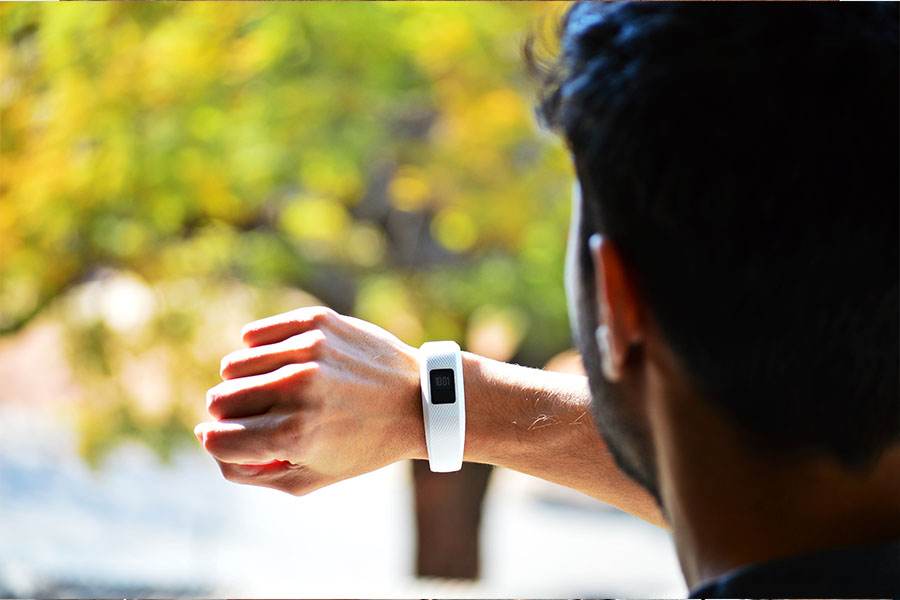
Calories are the measurement we use to determine how much energy we take in from food and how much goes out through activity. Your body uses a certain amount of calories every day just to run its vital organs and then the rest is used via exercise. An imbalance will lead to weight loss, gain or other health issues, so it’s important to keep track of your calorie intake.
According to the NHS,
“To maintain a stable weight, the energy we put into our bodies must be the same as the energy we use through normal bodily functions and physical activity. An important part of a healthy diet is balancing the energy you put into your bodies with the energy you use.”
Reading food labels
Each food item in the UK is required to list the caloric (kcal) intake per serving. You’ll need to do some simple maths to determine how many calories are in the whole pack if you intend to eat it all.
Make sure that your caloric intake does not exceed the amount recommended by your GP. As we age, we require fewer calories due to inactivity and loss of bone density. So, it’s very important to find out from your GP what your daily goals should be. The standard recommendation is 2,000 calories a day for women and 2,500 for men, but you should take into consideration how much exercise you do, your current weight, age, and any other health factors. It is always important to eat the right amount of foods and maintain a healthy and active lifestyle, as much as is possible.
On the label, you’ll see the calories listed in the metric calculation kcals and/or kJ. When you get your daily guidelines from your GP, that will likely be in kcals, not kJ. In order to convert kcal to kj, you’ll need to multiply by 4.2. You can use a kitchen scale to measure out the right grams per portion so you align with the manufacturer’s recommendations and your GP’s guidelines.
Tracking calories
In addition to checking the labels on the food you purchase at the supermarket, many restaurants list the caloric content of their dishes. That’s good news for those looking to dine out (or take out) regularly. If you’re not great at keeping a mental tally, there are plenty of apps to help you track your intake.
If you have a smart watch or a fitness tracker watch that tracks your steps and outgoing energy, even better. Use one of the apps below to log your calorie intake and plot any exercise you do. You can pair most of them with a fitness watch so the exercise is added automatically, or you can log it yourself manually in the app (eg: Friday morning 40 minute brisk walk).
- MyFitnessPal: One of the most popular calorie and diet trackers on the market, it allows you to scan the barcodes of the food you eat to instantly update your totals.
- Fitbit: For tracking fitness, a Fitbit smart tracker with its accompanying app is a good tool for monitoring your exercise output on a daily basis.
- HealthyOut: Quickly learn what dining out options are perfect to keep you within your food goals with this useful app.
- Nutritionix: If you eat a mix of restaurant meals and home-cooked food, this app is great for tracking both quickly with a focus on nutritional information.
- Noom: If you’re keen to lose weight in a healthy fashion, Noom can help with its psychologically-based evaluation.
- Cron-o-meter: If you’re lacking in certain micro-nutrients, this website and app are well known for easily monitoring vitamin and mineral intake.
The Audley Club is still temporarily closed to external guests, but Audley owners continue to join online classes and follow personal recommendations from our wellbeing experts, in their own home.

